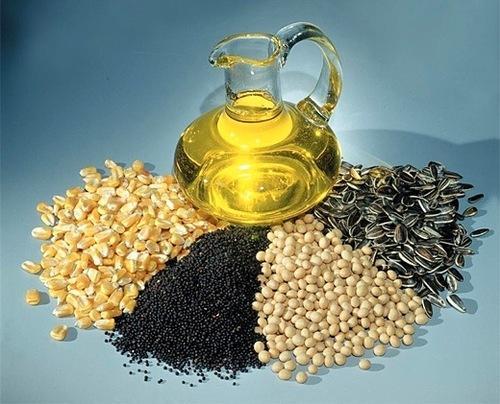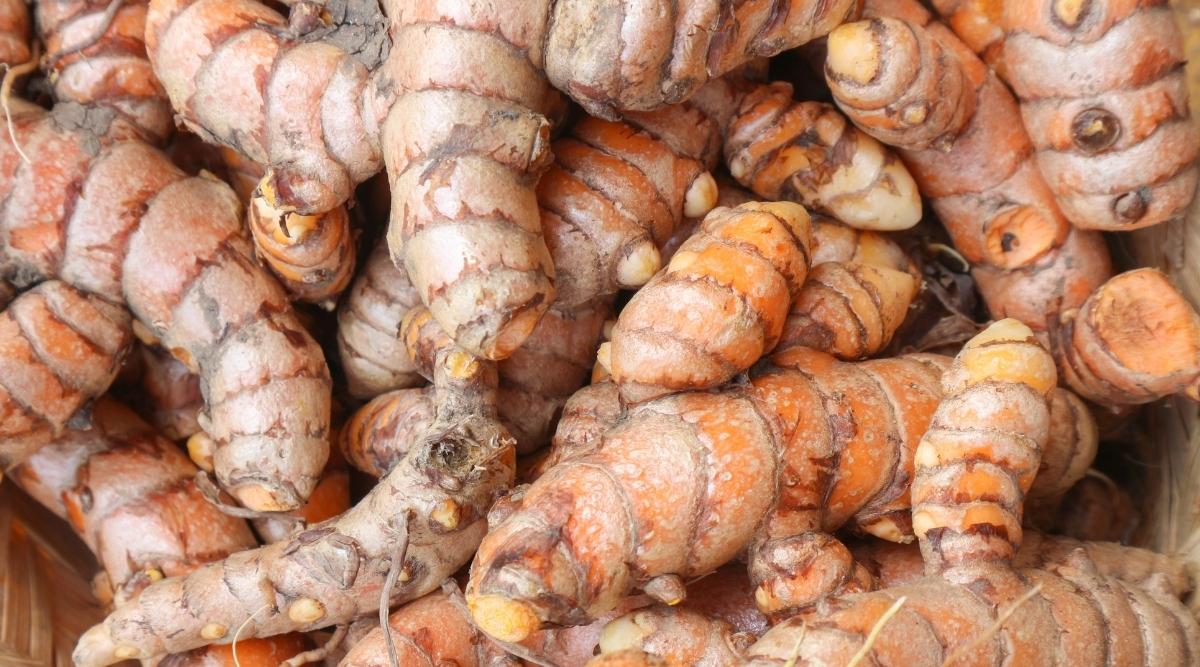The future of the cashew sector is not so bright in 2023 due to a decline in worldwide demand and increased supplies. According to industry insiders, the previous year was difficult due to dropping exports, and the cashew industry anticipates that things may get worse this year as a result of a surge in the availability of raw cashew nuts and a decline in export prices due to weaker demand. Additionally, the global inflation rate has increased due to the food and energy crises, which has an impact on consumer purchasing.
It’s anticipated that the situation would remain the same in 2018. This is demonstrated by the decrease in new export orders signed, which is one-tenth of the average. Businesses typically sign agreements for at least the third quarter of the year at the start of the year. However, he noted that this year, the majority of US and EU importers decided to postpone scheduling shipments until the end of the second quarter.
Using statistics, Pillai said that the output of raw cashews worldwide increased from 2.93 million tonnes in 2014 to 3.71 million tonnes in 2022 and is anticipated to reach 4.41 million tonnes. The industry’s challenging aspect is that supply does not keep up with demand. Due to the desire for yearly contracts, this is typically the season when sales soar. But because of economic factors, both supply and consumption have suffered.
Samsun Traders’ Pankaj N. Sampat noted that the cashew market has been stable at low levels for a considerable amount of time. In most origins, the 2023 crop appears to be good, however, reduced kernel yields are reportedly present in numerous origins. Prices for RCN have decreased and are currently at acceptable levels. Prices are anticipated to stay within their current range through the second half of 2023, with the possibility of a little and steady increase if demand increases.

